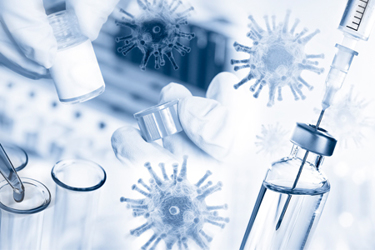Addressing The Challenge Of Scalability In Viral Vectors
By Henry George, Head of Viral and Gene Therapy Bioprocessing & Vector Producing Cell Lines, and Lisa Freeman-Cook, Head of Technical Operations, MilliporeSigma

Momentum for gene therapy development has increased dramatically over the last several years. The Alliance for Regenerative Medicine reported 865 ongoing clinical trials for gene therapy and cell-based immuno-oncology in 2020. The FDA estimates approval of 10 to 20 cell and gene therapy products per year by 2025.1,2 A key component of gene therapy is viral vectors, such as adeno-associated virus (AAV) and retrovirus/lentivirus, which are used to transfer genetic material into a target cell. With a wide range of viral vector-based drugs already approved, viral vectors are expected to remain the primary delivery mechanism for gene therapy for the foreseeable future. However, as the demand for viral vectors increases, addressing the challenges related to their manufacture and scale-up is critical. We’ve developed a wide range of solutions to facilitate the delivery of gene therapy to patients to address this need.
Get unlimited access to:
Enter your credentials below to log in. Not yet a member of Cell & Gene? Subscribe today.
